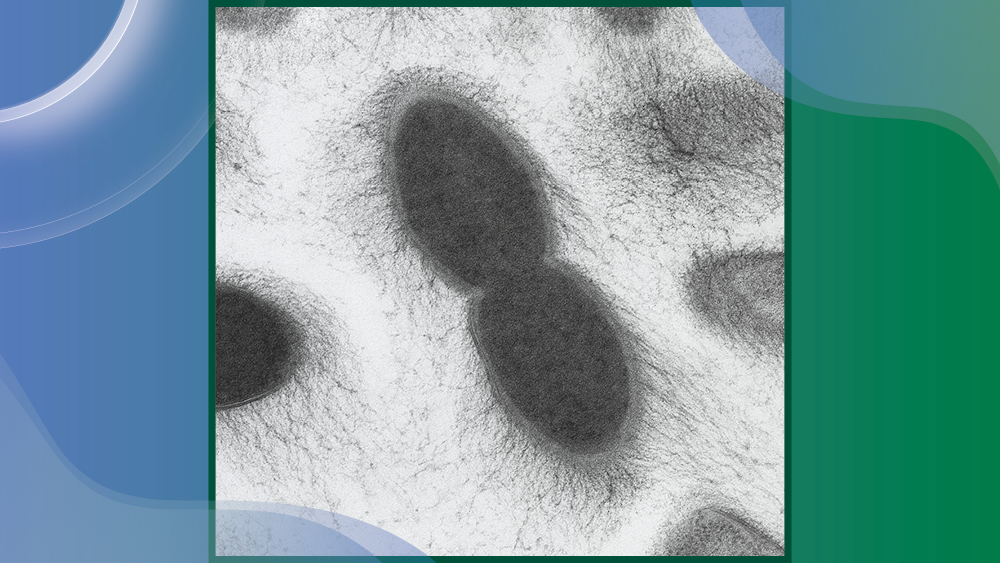Bacterial capsules (polysaccharide coatings) play a key role during infection for many pathogens. Similar to proteins, only a small fraction of the theoretically available chemical space of polysaccharides is observed in nature. However, compared to proteins, capsular molecular structure, evolution and usage across bacteria are not well understood.
This project will take a data-driven approach to understanding bacterial capsule diversity and novelty. First, we will search for capsular genetic loci across all sequenced bacteria, using a dataset of unprecedented scale. Then, working with chemoinformatics collaborators, we will develop new deep-learning methods to create a biochemical space for a capsule, which quantifies the constraints on its size, enables comparisons between capsule structures, and allows evaluation of novel capsular structures. Finally, we will integrate these genetic and chemical spaces to understand how changes in sequence relate to changes in the capsule. Our systematic study of the entire genetic and structural variation associated with bacterial surface polysaccharides will bring a new fundamental understanding of the biosynthetic processes, and provide valuable insights for assessing the future risk of evasion of bacterial polysaccharide-based vaccines.
John Lees (EMBL-EBI), Stephen Bentley (Wellcome Sanger Institute)
